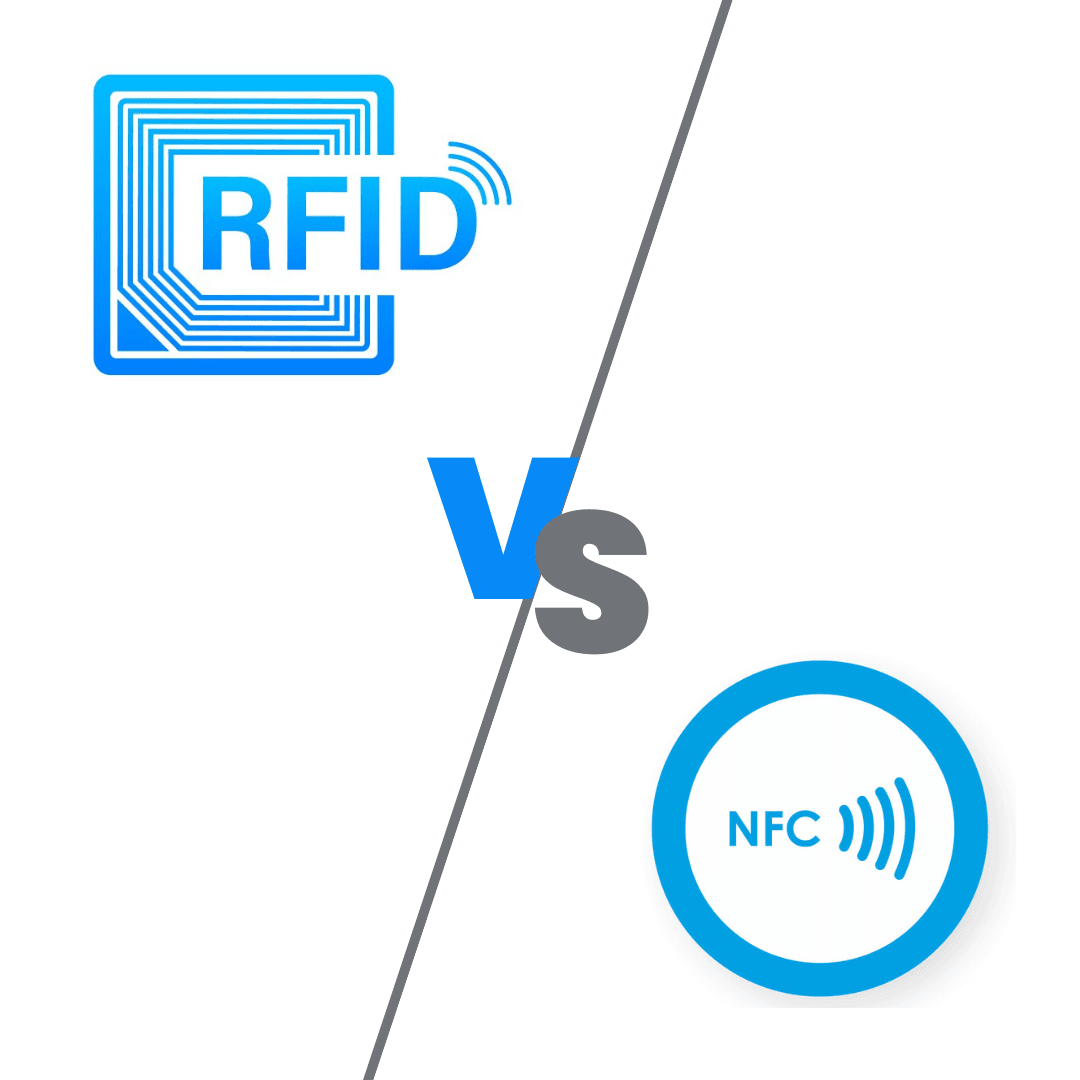
In the field of wireless communication, two technologies often find themselves in the limelight: Near Field Communication (NFC) and Radio Frequency Identification (RFID). While both facilitate contactless data transmission, they differ in their functionalities and applications. Let's look at the differences and practical applications of these cutting-edge technologies.
NFC, a subset of RFID technology, functions within a limited range of approximately 4 inches (10 centimeters). It requires both devices to be equipped with NFC chips, enabling data exchange when they are brought into close proximity. This technology is commonly utilized in mobile payment systems like Apple Pay and Google Wallet, allowing users to make secure transactions just by touching their smartphones or smart cards on compatible scanners.
On the other hand, RFID operates over extended distances, typically up to several feet. It consists of a reader and passive or active marks containing unique identifiers. RFID finds extensive applicability in inventory management, asset monitoring, and access control systems. For instance, in retail environments, RFID devices attached to merchandise enable inventory management by automatically tracing items as they travel through the supply chain.
While NFC succeeds in secure transactions and data exchange between adjacent devices, RFID shines in scenarios requiring the monitoring and identification of objects over greater distances.
Real-world applications highlight the adaptability of these technologies:
Contactless Payments:NFC enables seamless transactions through smartphones, wearables, and contactless payment cards, improving convenience and security for consumers and businesses equally.
Transportation Ticketing:NFC-enabled tickets and smartcards facilitate public transportation systems, allowing commuters to swiftly board buses, railroads, and subways with a simple tap.
Digital Business Card sharing: With NFC technology, sharing digital business cards is effortless. Connectvith.Me, has introduced this eco-friendly and easy-to-use NFC based Digital cards. Users store their contact details on NFC-enabled devices or cards. When introducing themselves to someone, they simply tap their NFC card against the recipient's NFC-enabled device or smartphone to instantly share their digital business card. It's a convenient way to network and exchange professional information in real-time.
RFID (Radio Frequency Identification):
Access Control: RFID-based key cards and tokens grant authorized individuals access to buildings, rooms, and restricted areas, speeding up security protocols in corporate and institutional zones.
Supply Chain Management: RFID identifiers embedded in products and packaging facilitate real-time tracking and monitoring of inventory, optimizing logistics operations and preventing stockouts.
Automated Toll Collection: RFID technology streamlines toll payment processes on highways, toll gate and bridges..
In conclusion, while NFC and RFID share the common aim of facilitating contactless communication, their distinct characteristics make them suitable for diverse applications.
Understanding the differences between these technologies is important for maximizing their capabilities effectively in various industries and use cases, paving the way for enhanced efficiency, security, and convenience in the digital age.
